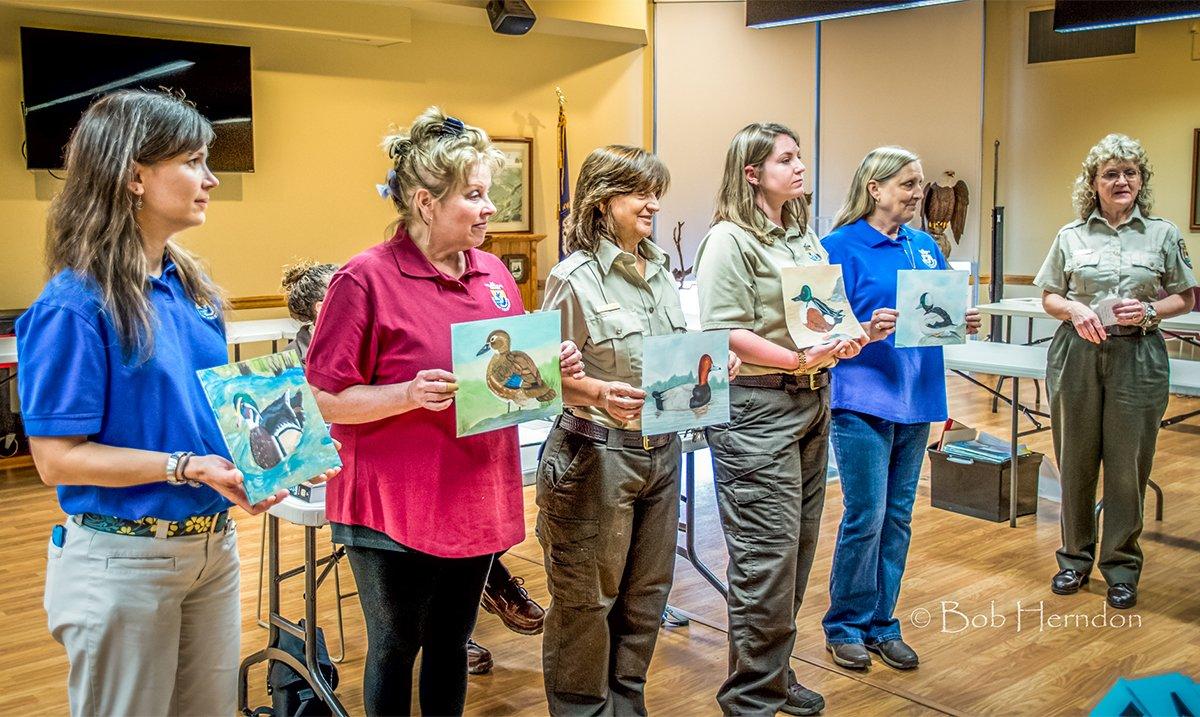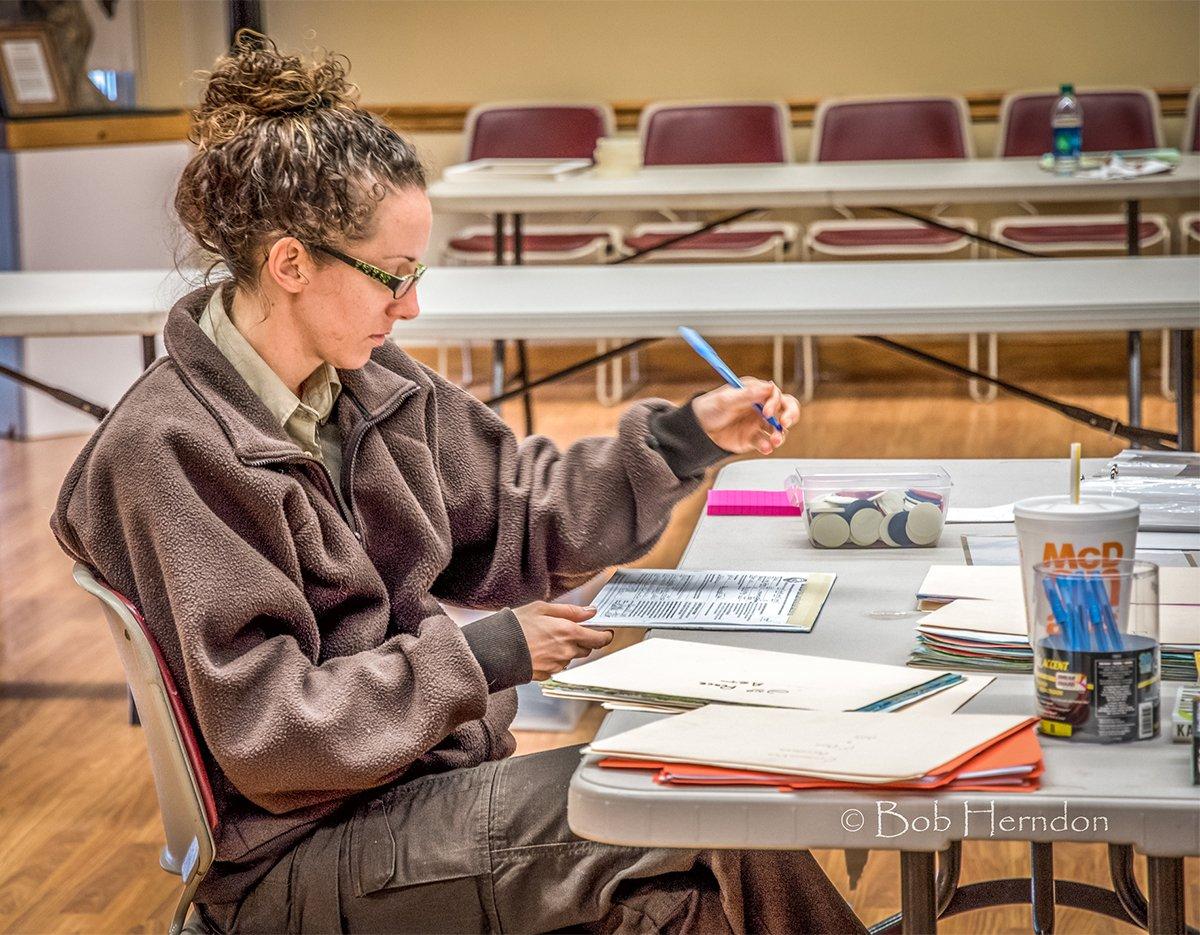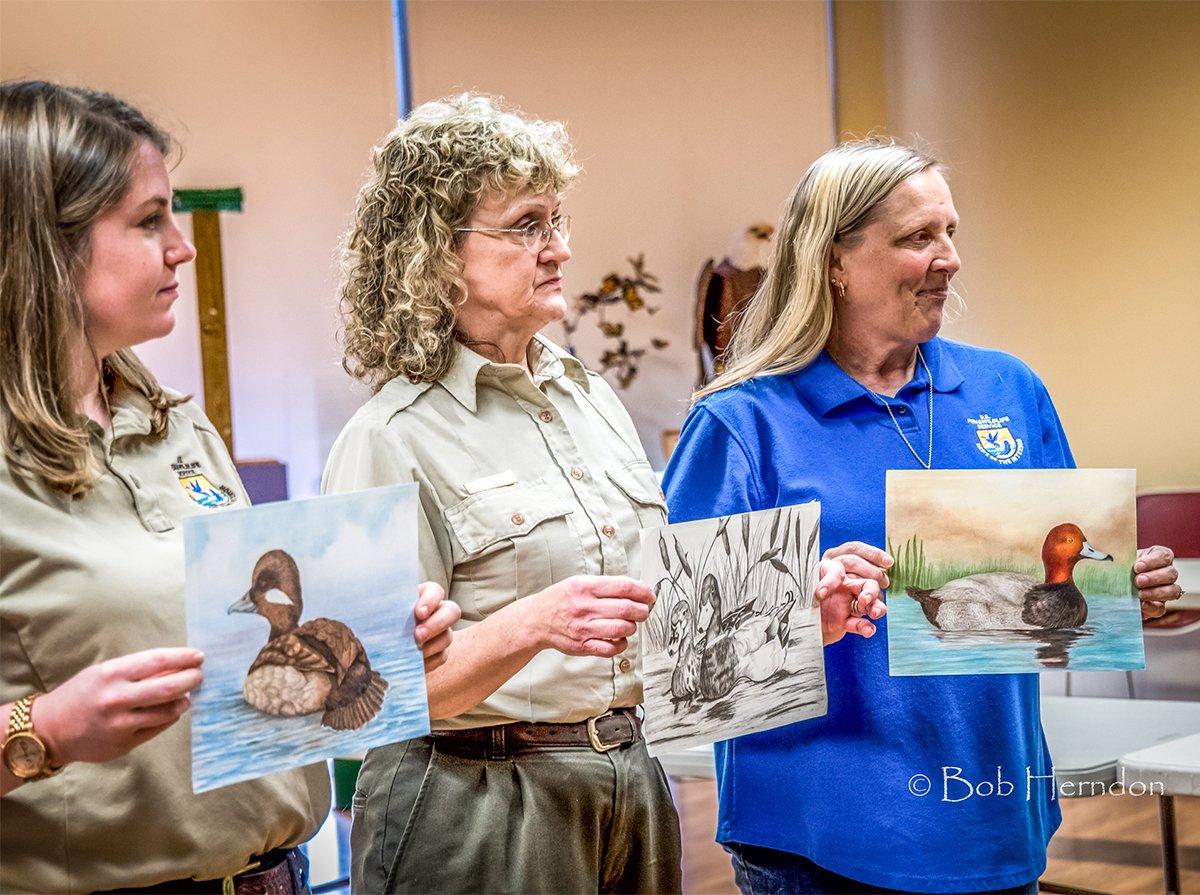Wildlife Artwork Contributes to Waterfowl Conservation
Editor's note: This is a guest "Duck Blog" authored by "Timber 2 Table" blogger Michael Pendley.
Earlier this year, I was honored to be included on the judging panel for the Kentucky Junior Duck Stamp Competition. For those not familiar with the program, the Junior Duck Stamp Competition is a national contest open to all school-aged children from kindergarten through 12th grade. The artwork must be hand drawn, with no tracing or copies, and must feature waterfowl from North America. In addition to the artwork, a conservation slogan component is also included in the competition.
Click here for more Realtree waterfowl hunting content. And check us out on Facebook.

The judging panel voted on the finalist for each age group.
Prizes vary from state to state, with the top 100 entries in each state receiving recognition, but three national winners receive college scholarships. In many states, the best-in-show winners are displayed in a traveling exhibit for the year after the contest. The best-in-show piece from each state is displayed for one year in an exhibit at the Smithsonian Institution in Washington, D.C.
Entries are divided into four age brackets: grades kindergarten through third, fourth through sixth, seventh through ninth, and 10th through 12th. The winner of each age bracket then gets judged against the others for the state winner.
Photo © Bob Herndon

In this photo, left to right, Jennifer Garland, Diana Caudill, Teresa Devore, Ashley Buffington and Teresa Hyatt display artwork while Judy Miller tallies the final score.
Kentucky had 850 entries this year. As a first-time judge, this was a daunting number, but Stacey Hayden and her U.S. Fish and Wildlife crew had a system that let us work the entries down to a manageable number in a hurry. We were instructed to judge each piece on accuracy, habitatquality and how the art might look as a stamp.
Photo © Bob Herndon

In this picture, Hayden keeps things organized and moving.
Judging began with all art from each age class displayed on tables. Each judge was given a set of poker chips. As we viewed the art, each judge would place a chip on the pieces he or she liked the most. After all chips were out, the works without chips were removed from the tables. Each judge was again given several chips ‚ much fewer this round ‚ to place on the art they liked. After several rounds, we would work each age class's work down to the top five. We would then vote, one through five, for each of the five to determine the placement order.
Photo © Bob Herndon

The voting continued until each age group was down to the top three. The winner and runners-up were then decided.
It was tough. The overall quality of the artwork was amazing. The judging panel often ended in a tie for top two or three pieces in each age bracket. When this happened, each judge would rank the work on a scale of one through five, with five being the best. The art with the most points would move on in the contest.
Hayden and the rest of the staff were careful to keep all identifying marks hidden so all judging was done without knowledge of the artist's name, location or age.
Photo © Bob Herndon

Here, Miller delivers the final choices for an age group to Hayden.
The sponsors for this year's Kentucky contest included LG&E and KU utility companies, Southern Conservation Corporation, Cabela's, Friends of Wolf Creek National Fish Hatchery and Friends of Clarks River National Wildlife Refuge.
Photo © Bob Herndon

This year's winner was high-school freshman William Seay from St. Mary's High in the western Kentucky town of Paducah. William's painting of a hen and drake canvasback in natural habitat was spectacular. It will be featured on the cover of next season's Kentucky Department of Fish and Wildlife Waterfowl Guide.
Photo © Bob Herndon







